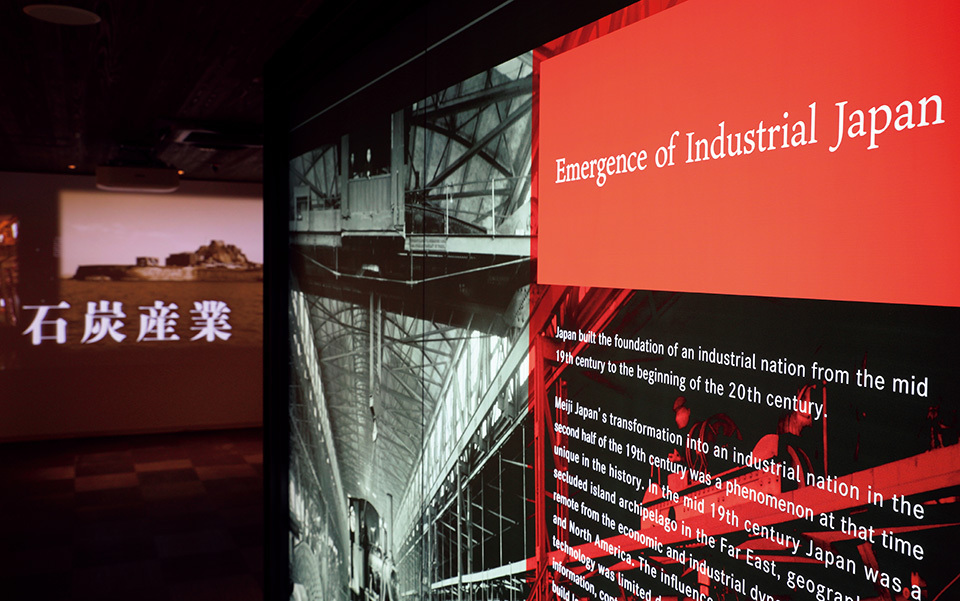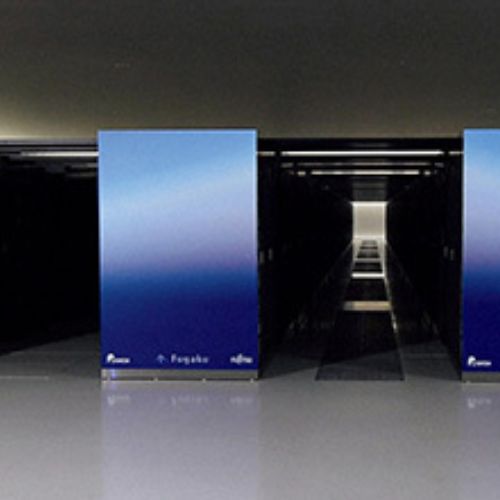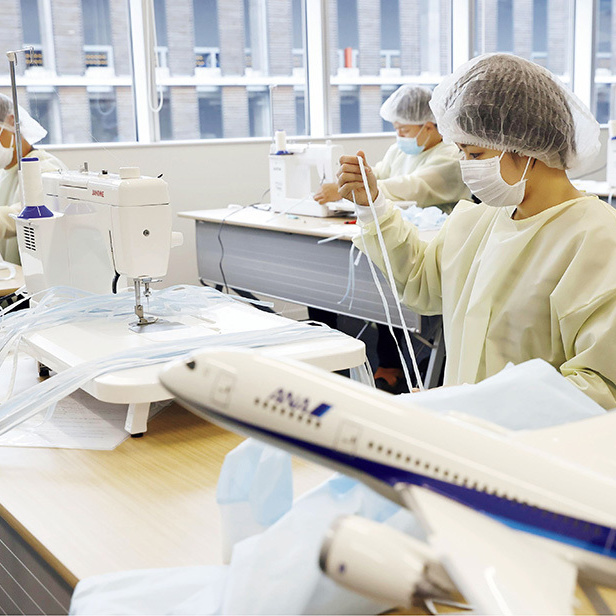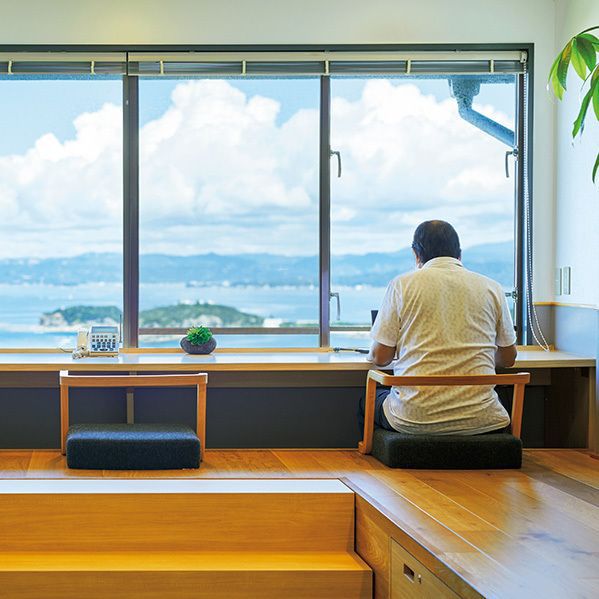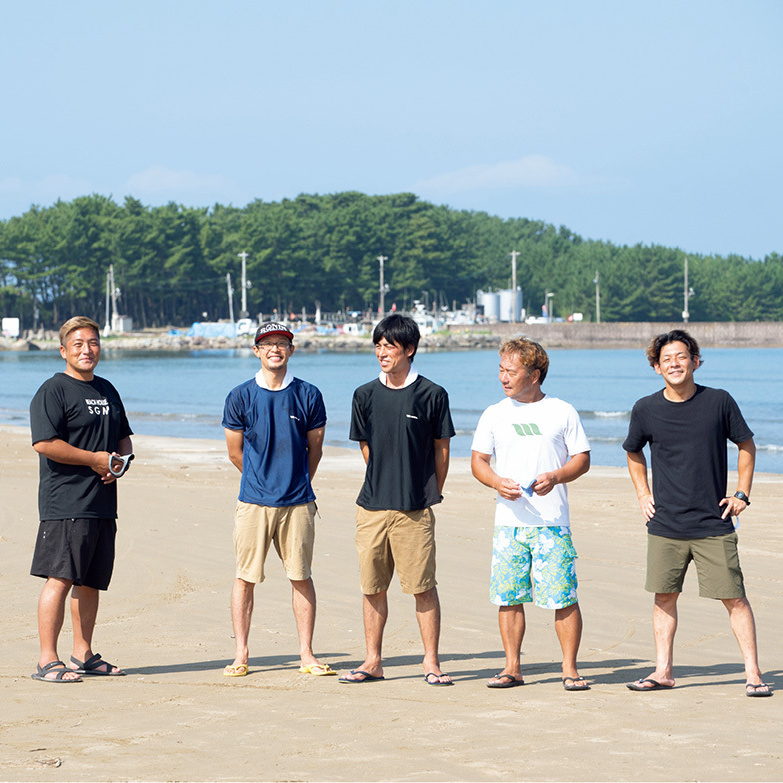The Industrial Heritage Information Centre (IHIC) opened to the public on June 15. The center introduces a comprehensive picture of the Sites of Japan’s Meiji Industrial Revolution: Iron and Steel, Shipbuilding and Coal Mining. Combined, these are designated as one of Japan’s UNESCO Cultural World Heritage Sites.
The sites of Japan’s Meiji Industrial Revolution, inscribed on the UNESCO World Heritage List in 2015, consist of 23 component sites spread throughout 11 cities and eight prefectures in Japan, covering from Iwate in the north to Kagoshima in the south. The sites include several operational industrial facilities, such as Mitsubishi Heavy Industries Nagasaki Shipyard, and the Imperial Steel Works in Yawata (presently the Yawata Works of the Nippon Steel Corporation), as well as large-scale industrial infrastructure like Miike Port, and Hashima, the latter being known for its ruined undersea coal mine. Viewed together, the 23 component parts explain how a secluded archipelago in the Far East, having once enacted strict control over the import of Western science and technologies, was able to quickly lay the foundation for an industrial nation from the mid-19th century—a nation that, in just over fifty years, achieved rapid industrialization, particularly in heavy industries (iron and steel, shipbuilding and coal mining).
The Industrial Heritage Information Centre, or IHIC, was built in Shinjuku, Tokyo in the spring of 2020 (the end of the 2019 fiscal year in Japan). Established as a public educational facility that focuses on Japan’s Meiji Industrial Revolution, the center is a communication hub for industrial heritage information. The exhibits are divided into three zones. Zone One gives visitors an overview of the sites of Japan’s Meiji Industrial Revolution, with a theater showing the long and challenging nomination process for a World Heritage site, and a panoramic Liquid Galaxy display system introducing the full history of each component part of the site.
Zone Two provides a detailed description of each site and, with comments from foreign experts, illustrates its historical value by tracing the course of Japan’s rapid industrial development from the mid-19th century to the beginning of the 20th century, thereby showing how each site made significant contributions to this development, such as spearheading the establishment of the core heavy industries.
Lastly, Zone Three is an archive center and library open to the public. Visitors can access historical archives related to modern Japanese history from the Meiji to the Showa period (the mid-19th century to the end of the 20th century) currently with a special focus on Hashima Island during World War II, comprising official and non-official government documents, documentary photos, newspaper articles, testimonies of survivors from World War II, and a collection of evidence with clear provenance.
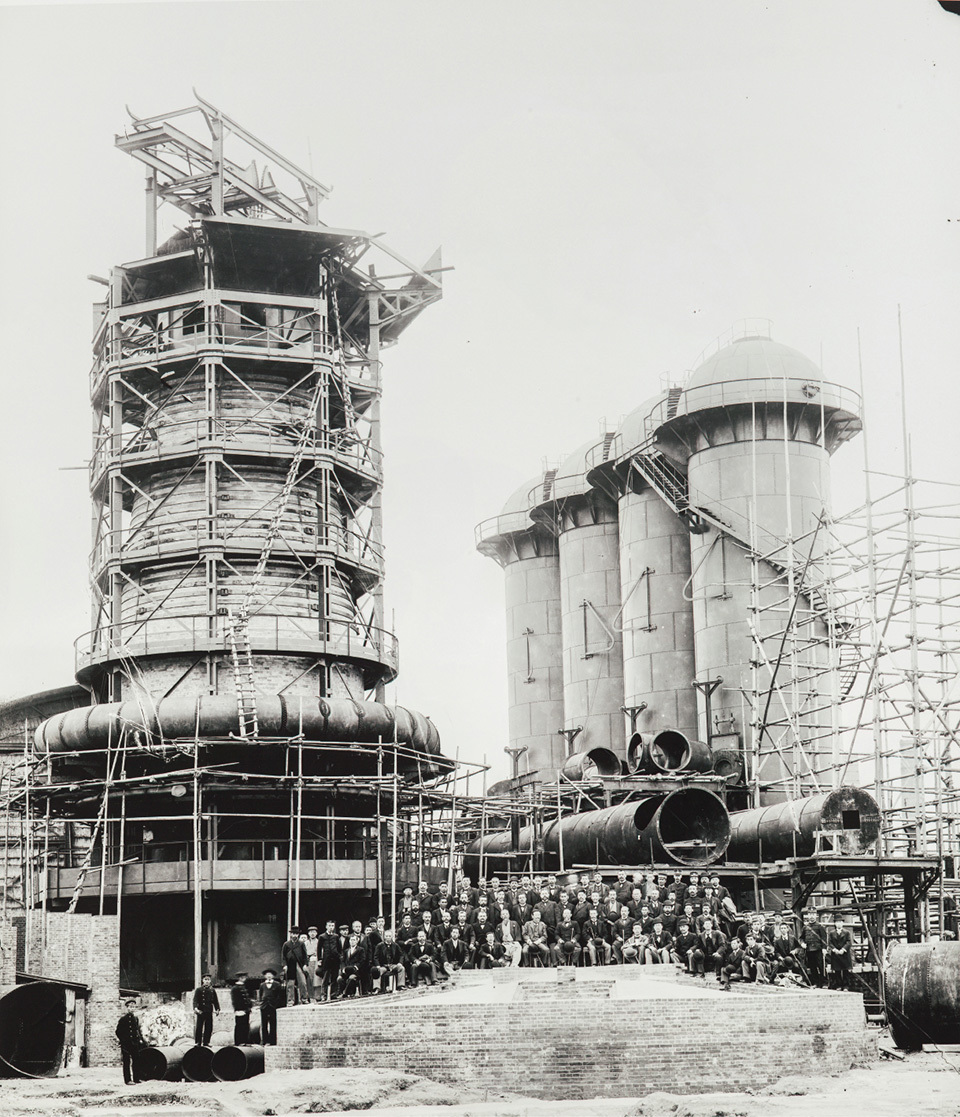
A photo of the Imperial Steel Works in Yawata, a symbol of Japan’s modernization (1900 photo).
©NIPPON STEEL Kyushu Works
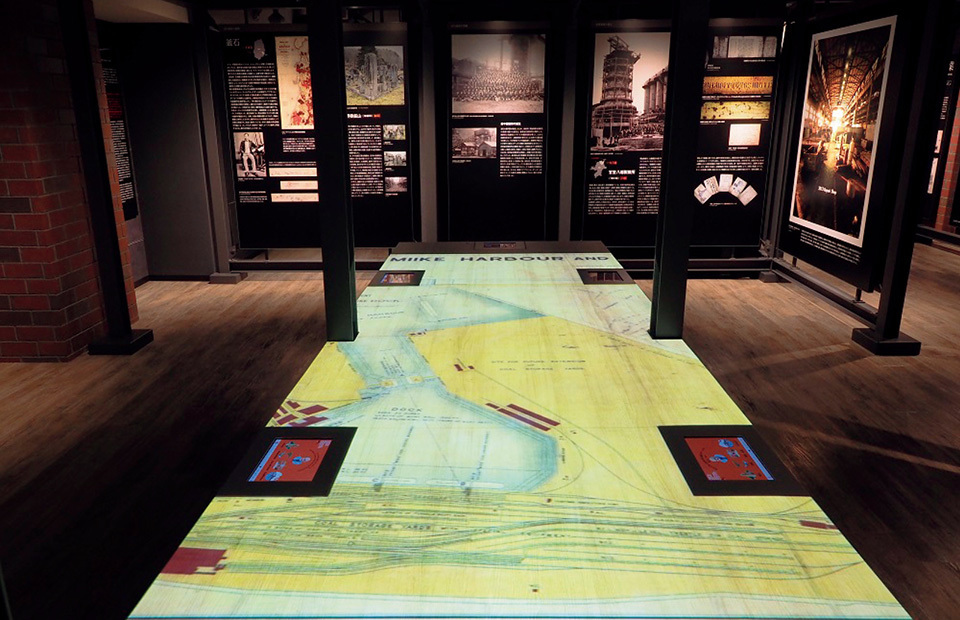
The central table in Zone Two features visual images beamed from an overhead projector, as well as tablet computer terminals. Explanations of the industrial heritage sites by foreign experts are available in both English and Japanese.
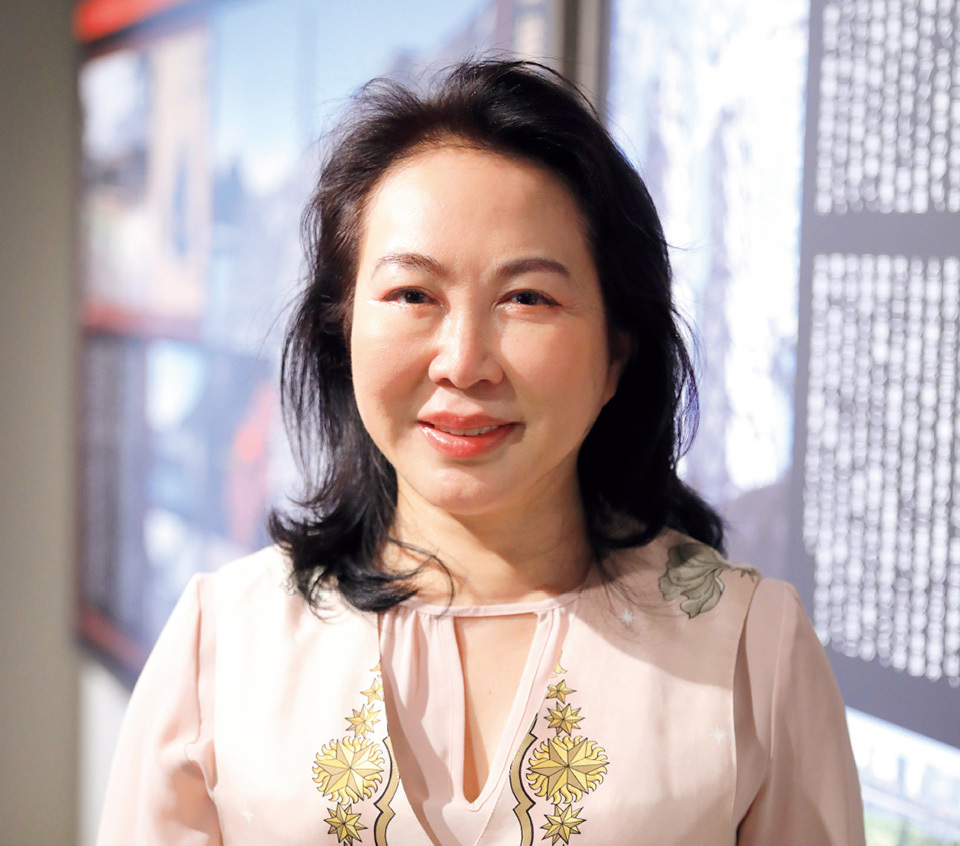
KATO Koko serves as the managing-director of the center. She played a pivotal role in getting the Sites of Japan’s Meiji Industrial Revolution inscribed as a Cultural World Heritage Site.
Now, plans are being implemented to strengthen the link between the center in Tokyo and visitor centers for related sites in other regions. Such plans will allow the center to effectively provide information that focuses on the World Heritage value of the 23 locations as a singular ensemble of industrial heritage sites.
“Until the mid-19th century, the Tokugawa Shogunate’s policy of isolation restricted access to Western science and technology. However, the Meiji Restoration opened Japan and transformed its society—albeit with great hardship—initiating a dynamic half-century in which human resources were developed to serve as the basis for an industrial state. We want future generations to know that the Japan that we see today exists only because our ancestors in this period of hardship never gave up, despite the repeated difficulties they encountered,” says KATO Koko, the managing-director of the center.
The National Congress of the Industrial Heritage (NCIH) appointed by the Japanese government to operate the center, offers AR (augmented reality) guide maps of each area and a related application in English, Korean, and Chinese. The maps and application have been designed with features that are fun to use, including a function that brings up heritage images when a smartphone is simply waved over a map. The NCIH is also preparing additional functions for the exhibits in the center to allow visitors, by waving a smartphone over them, to access the explanation of each exhibit in multiple languages.
“Having started with no modern manufacturing capability, Japan endured great difficulties in fostering its industrial sector, but by the dawn of the 20th century it had won international recognition as an industrial state. I believe that our mission is, even to the point of including errors made along the way, to communicate that process to both this and future generations,” explains center managing-director Kato. An immersive experience of that amazing process awaits all visitors to the center.
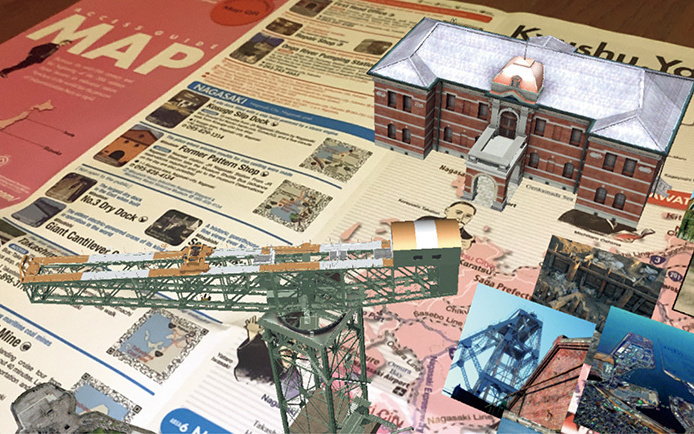
The guide application features AR technology. A full range of features allows visitors, simply by waving a smartphone over the guide map, to bring up three-dimensional images of heritage sites, or to watch videos, allowing them to deepen their knowledge.
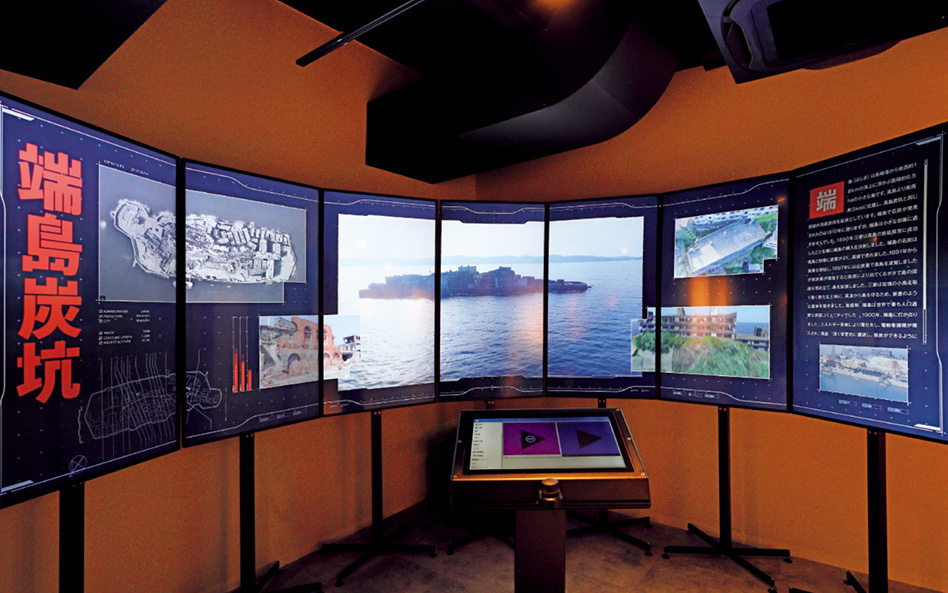
The multi-display platform in Zone Three surrounds the viewer with panoramic images, giving an immersive experience of the industrial heritage sites. There are plans to archive industrial heritage information from around the world.


























